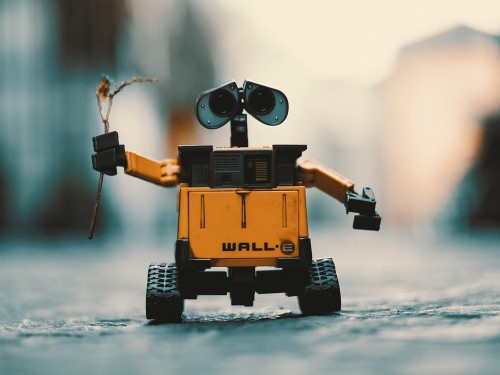Amazon is one of the companies that has invested the most in automation in its facilities. The company has invested billions of dollars in robots and artificial intelligence systems to improve the efficiency and productivity of its distribution centers.
In recent years, Amazon has developed a number of robots to perform specific tasks in its facilities. For example, Kiva robots are used to pick and transport products, PickOne robots are used to select products from shelves, and StowOne robots are used to place products on shelves.
These robots have allowed Amazon to increase the speed and accuracy of its operations. The company claims that robots allow it to process up to twice as many orders than if it used human workers.
In addition to robots, Amazon is also using artificial intelligence systems to improve the efficiency of its facilities. For example, the company uses computer vision systems to detect defective products and machine learning systems to optimize worker routes.
Amazon's investment in automation is having a significant impact on the e-commerce industry. The company is pushing its competitors to also invest in automation, which could lead to greater efficiency and productivity in the sector.

In recent years, Amazon has begun developing human-like robots. These robots, known as "avatars," are designed to perform tasks that require interaction with customers, such as delivering packages or providing customer service.
Amazon avatars are equipped with a series of sensors and cameras that allow them to interact with the real world. They can see, hear and touch objects, and can communicate with customers via voice or text.
Amazon's avatars are still in development, but the company intends to use them in its facilities in the coming years. The company believes avatars can help improve customer experience and reduce labor costs.
There are those who claim that robots with human appearance are more accepted by people. They have the advantage that the two “legs” allow them to access many other places with some ease, but the disadvantage of their greater complexity in maintaining balance. They are not at all cheap, and in the world of industry the price is a very relevant factor, but if they were manufactured in large quantities the price would decrease significantly.
A video can be seen at: https://youtu.be/fU0nbJC4ujk
Human-like robots are still in development, but they have the potential to become standard technology in the e-commerce industry. Companies that adopt this technology could soon have a competitive advantage over their competitors.
The “problem” as always lies with the workers, who are going to have more and more “colleagues” at work with physical fitness similar to them, but who do not receive a salary and can work 24 hours a day, each day of the week, except for battery recharging times.
But Technology is going that way, and the sooner we adapt, the better.

